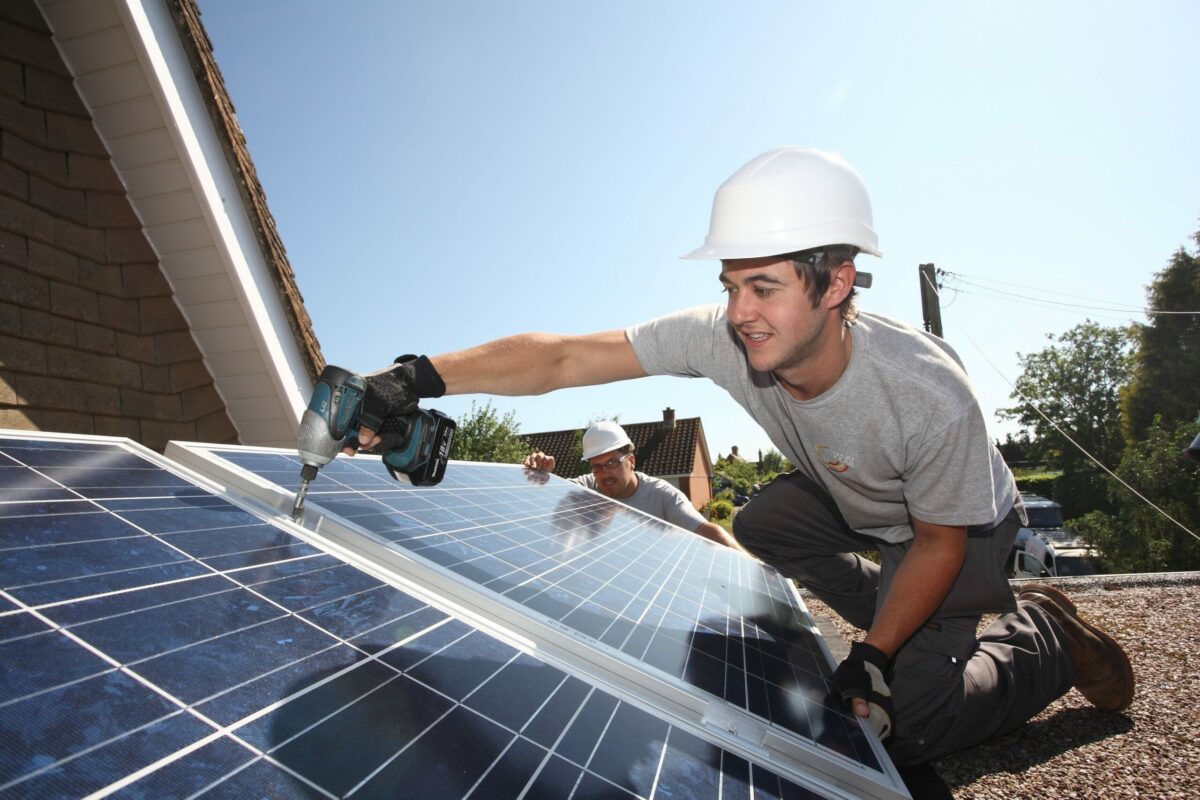
Image: SunGift.
Residential solar installations slide to just 3.6MW in April 2019, the first month following the closure of the feed-in tariff.
Official statistics released by the Department for Business, Energy and Industrial Strategy earlier today revealed that in the 0 – 4kW deployment band, around 3.1MW of solar was installed last month.
In addition to the 500kW of solar that was installed in the 4 – 10kW band, the two deployment brackets most commonly associated with residential PV installations, it equates to just 3.6MW being installed in the wake of the FiT’s closure.
Those figures could however be revised upwards in future BEIS statistic disclosures, with the department having historically upgraded its solar deployment forecasts as it has gained a more accurate picture.
In comparison, more than 40MW was installed in the two respective bands in March as homeowners and installers rushed to qualify for the last throes of the feed-in tariff. More than 30MW was installed in the 0-4kW bracket in March 2019, while 13.8MW was installed in the higher 4 – 10kW capacity bracket.
However there is also a substantial slide year-on-year. April 2018 saw around 6.4MW of solar installed at capacities of between 0 – 10kW, indicating the impact the current policy vacuum is having on the domestic market.
The closure of the feed-in tariff with no subsequent replacement mechanism has left left domestic installations devoid of any support framework, with the Smart Export Guarantee still not expected to be in place until later this year.

